8 Broadway Theaters and Their Secrets, From Jennifer Ashley Tepper's Untold Stories
Tepper’s latest book explores the history and lore surrounding venues of the Great White Way.
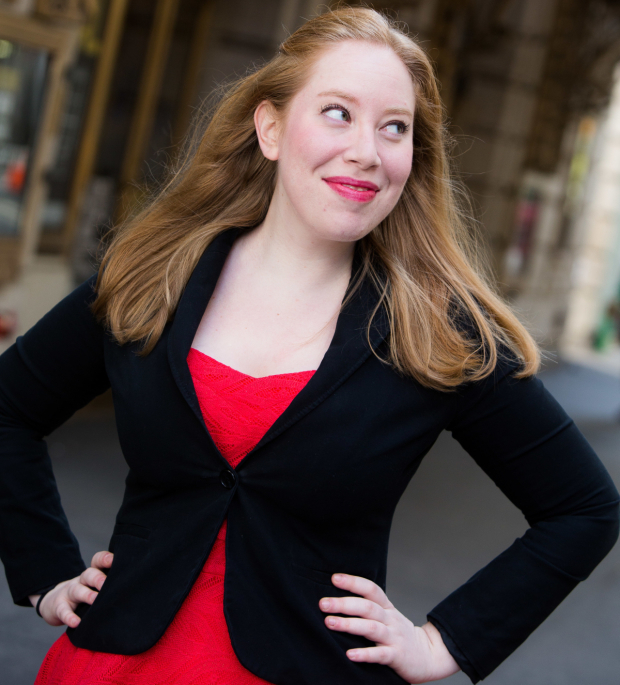
(© Matthew Murphy)
Theatrical historian Jennifer Ashley Tepper is getting ready for the November 15 publication of the third volume of her Untold Stories of Broadway series. Collectively, the works examine the backstories of Broadway's great theaters, with anecdotes told by the people who were there.
In anticipation of the release, Tepper took TheaterMania on a walking tour of the Theater District to find out all the secrets. Here's what we learned.
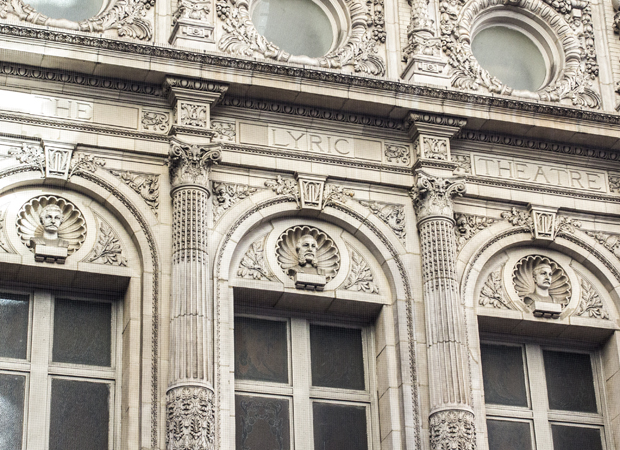
(© David Gordon)
1. Lyric Theatre
Opened: 1903
Closed: 1934
Reopened: 1998
Renamed: Ford Center for the Performing Arts (1998-2005); Hilton Theatre (2005-10); Foxwoods Theatre (2010-14); Lyric Theatre (2014-present)
Currently the home of Paramour
"[Upon opening] the Lyric was leased to [composer] Reginald De Koven, and then he went bankrupt immediately. [On the facade there are busts of] Gilbert and Sullivan and Reginald De Koven. The Shuberts needed to find an emergency plan to book the theater, so they got Richard Mansfield to agree to appear there. The deal was that if he wasn't going to be doing a show there at the time, they could only do a comedy, and his dressing room had to be boarded up so no other actor could use it if he wasn't in the production."
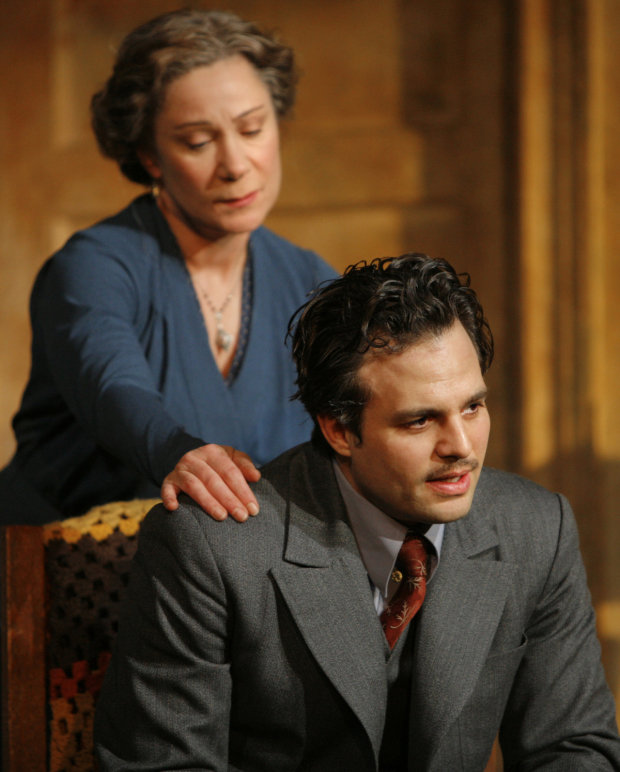
(© Paul Kolnik)
2. Belasco Theatre
Opened: 1907 as the Stuyvesant Theatre
Renamed: 1910, in honor of producer/owner David Belasco
Soon to be the home of The Glass Menagerie
"David Belasco built a ten-room apartment for himself above the theater. It's one of the reasons why people think his and other ghosts haunt it today. I've heard a lot of ghost stories about the Belasco, which are either about people who saw David Belasco as a ghost or who saw a woman in the blue dress. People say that if you put a woman in a blue dress in your show, then that ghost won't haunt you. There are productions, like [2006's] Awake and Sing!, that had done that, maybe as a joke, but maybe because they believe it."
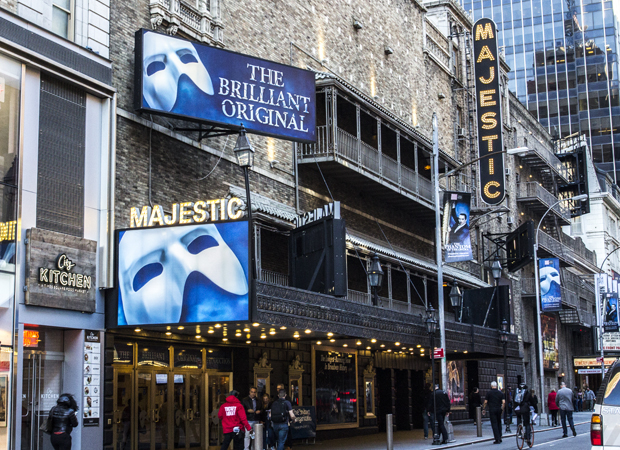
(© David Gordon)
3. Majestic Theatre
Opened: 1927
Currently the home of The Phantom of the Opera
"In the fifties, Ethel Merman did Happy Hunting here. [Merman] and her costar, Fernando Lamas, did not get along. He famously had these tight white pants in the show, which he had made tighter in order to upstage her. She was furious. So the electrician at the Majestic at the time, William Miller, had to completely redo the marquee because Ethel Merman was displeased that her name was only one inch higher than his. He had to redo the entire marquee and take out all the letters so their names would be separated by three inches instead of one."
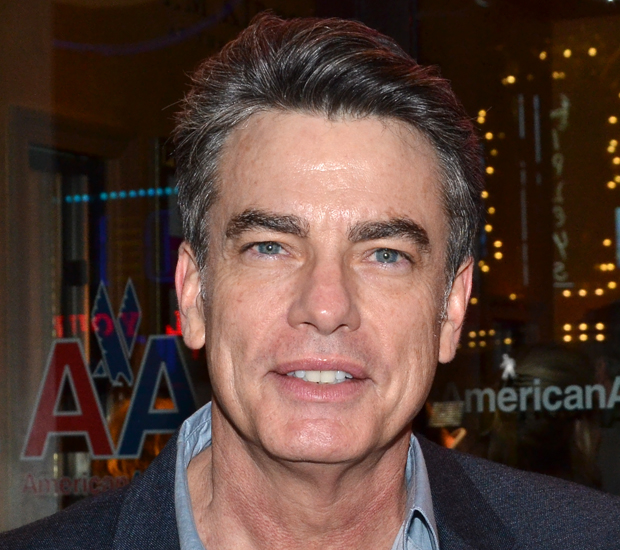
(© David Gordon)
4. Schoenfeld Theatre
Opened: 1917 as the Plymouth Theatre
Renamed: 2005, in honor of longtime Shubert Organization chairman Gerald Schoenfeld
Currently the home of The Humans
"One of my favorite stories: Peter Gallagher was about to go on in the first preview of The Real Thing and there was a terror scare in Times Square. He was nervous about it, and he was sitting in the wings waiting to go on, and all of a sudden, he heard these crazy booms. He was terrified, but went onstage, and somehow in the haze of the first preview forgot about it. But it happened the next night. It ended up that it was the fireworks scene in You Can't Take It With You at the Royale (now the Jacobs) [next door]."

(© David Gordon)
5. St. James Theatre
Opened: 1928 as Erlanger's Theatre
Renamed: 1932 as St. James Theatre
Currently the home of Something Rotten!
"People think that Legally Blonde: The Search for Elle Woods was the first reality show to cast a Broadway musical theater star. Actually, in 1956, when Li'l Abner was here, the local New York TV stations had a contest for the pig that would appear in Li'l Abner. There were pigs all the way up and down this block waiting to compete on the stage."
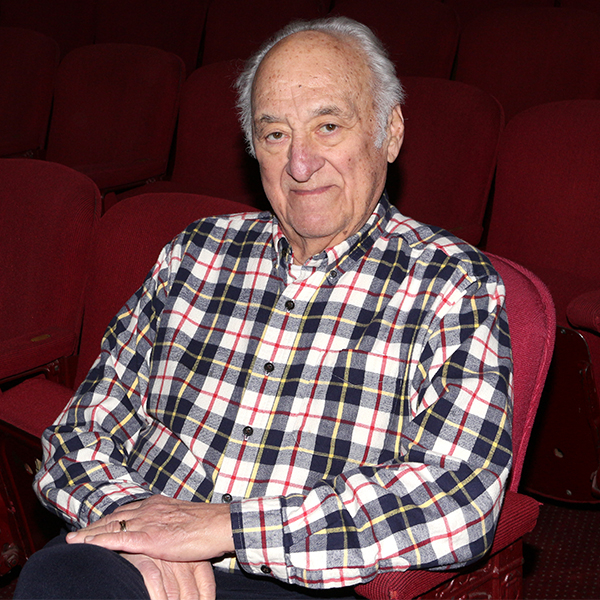
(© David Gordon)
6. Broadhurst Theatre
Opened: 1917
Currently the home of The Front Page
"There's a back-to-back tunnel connecting the Broadhurst and the Schoenfeld. They're sister theaters, built at the same time. Celia Keenan-Bolger said that during Les Mis, after she would die as Éponine, she would go watch the end of A Chorus Line. Jeremy Jordan told me a story about Hugh Jackman coming through the tunnel and hanging out at Bonnie and Clyde rehearsal.
Jerry Adler did Lunatics and Lovers with Zero Mostel here. It was at the time that the House Un-American Activities Committee was chasing [Mostel] trying to subpoena him, so they'd sneak him out in disguises so that he would not be subpoenaed. When they snuck Zero Mostel out, I think they did it through the Schoenfeld."
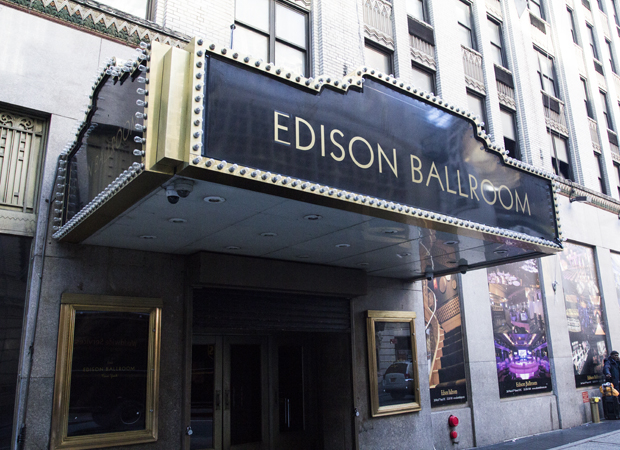
(© David Gordon)
7. Edison Theatre
Opened: 1950 as the Arena Theatre
Closed: 1951
Reopened: 1970 as the Edison Theatre
Closed: 1990
"In 1950, theaters in the round didn't exist. A company took over the Edison and called it the Arena Theater. The press totally didn't understand what was going on and they said they better not seat too many bald men in the front row, because it will reflect the lighting because of this weird configuration. [They ended up doing] a season of plays that didn't do so well, so it turned back into the hotel ballroom."

(© David Gordon)
8. Walter Kerr Theatre
Opened: 1921 as the Ritz Theatre
Renamed: 1990, in honor of theater critic Walter Kerr
Currently the home of Falsettos
"The Kerr opened as the Ritz. In the seventies, no one wanted it. There were years where it was used to store posters. Wendy Wasserstein was good friends with Heidi Landesman, at the time married to Rocco Landesman of Jujamcyn [owner of the venue], and named the character in The Heidi Chronicles after her. When The Heidi Chronicles was looking for a Broadway house, they thought there was no way it was not going to take the Ritz. They ended up taking the Plymouth (now the Schoenfeld), because it was a better theater. At that time, Jujamcyn said, "If we can't even get a play that's literally named after the wife of the owner, we really need to take a look at this." In the mid-eighties, they completely renovated it, and it was all because The Heidi Chronicles chose the Plymouth."







